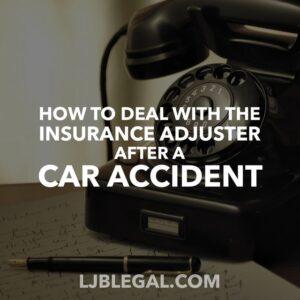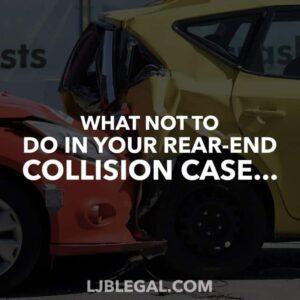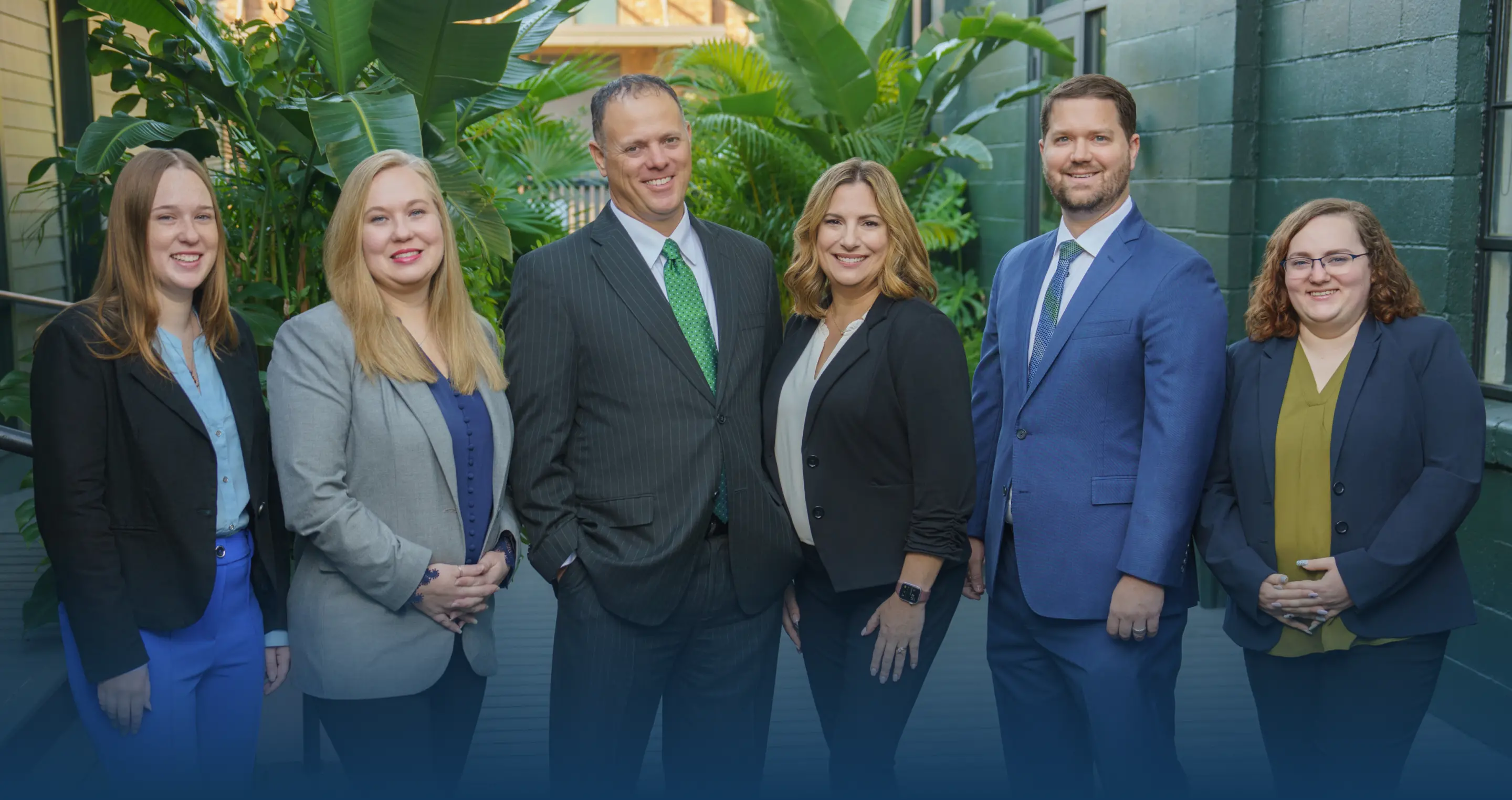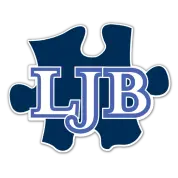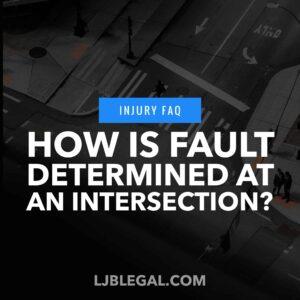
Intersection accidents are common and often complex. Determining who is at fault can be challenging, especially in Louisiana, where specific traffic laws and comparative fault rules apply. Understanding how fault is assessed can help you protect your rights and seek fair compensation.
Understanding Right-of-Way Rules
In Louisiana, right-of-way laws play a crucial role in determining fault. Drivers must yield appropriately based on traffic signals, signs, and road conditions. For example, a driver making a left turn must yield to oncoming traffic unless they have a green arrow signal. Failing to yield the right of way is a common cause of intersection accidents.



We GET IT DONE
Clients trust us to handle their case properly and effectively
FREE Confidential Case Review (985) 240-9773Common Violations Leading to Intersection Accidents
Several driver behaviors can lead to accidents at intersections:
- Running red lights or stop signs: Disobeying traffic signals is a leading cause of collisions.
- Improper left turns: Turning without ensuring the path is clear can result in crashes.
- Distracted driving: Using a phone or other distractions can cause a driver to miss important traffic cues.
- Speeding: Exceeding speed limits reduces reaction time and increases the severity of accidents.
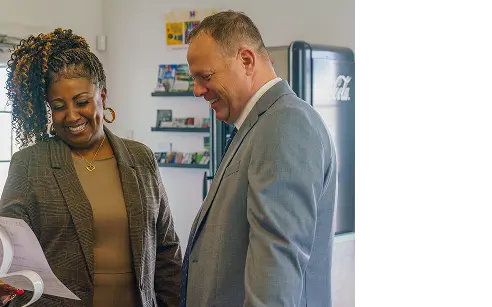
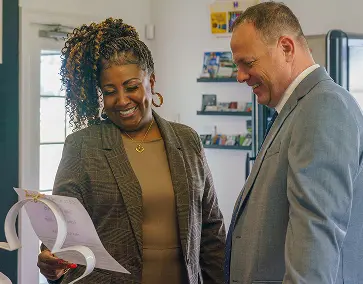
We DO THE RIGHT THING
The correct choice – always – is to do the right thing.
FREE Confidential Case Review (985) 240-9773Determining Fault in Intersection Accidents
Fault is typically determined by examining evidence such as:
- Police reports: Officers document the scene and may indicate who they believe is at fault.
- Witness statements: Eyewitnesses can provide accounts of the events leading up to the accident.
- Traffic camera footage: Video evidence can show traffic signal status and driver behavior.
- Vehicle damage and skid marks: Physical evidence helps reconstruct the accident.


We ARE TRANSPARENT
We don’t play games and we don’t hide the ball.
FREE Confidential Case Review (985) 240-9773Louisiana’s Comparative Fault System
Louisiana follows a pure comparative fault system. This means that if you are partially at fault for the accident, your compensation will be reduced by your percentage of fault. For instance, if you are found to be 20% at fault, you can still recover 80% of your damages.
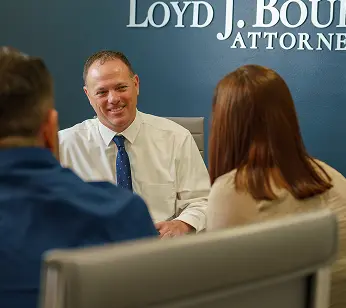
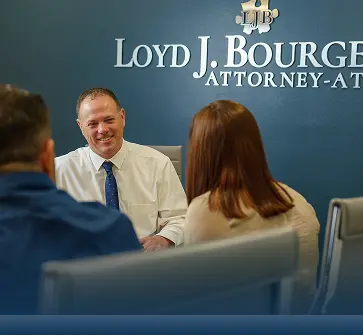
We ARE COMPASSIONATE
Emotionally intelligent listeners with positive attitudes.
FREE Confidential Case Review (985) 240-9773Why Legal Representation Matters
Insurance companies often aim to minimize payouts. Having an experienced attorney can help ensure that your rights are protected and that you receive fair compensation. A lawyer can gather evidence, negotiate with insurers, and, if necessary, represent you in court.
Steps to Take After an Intersection Accident
If you’re involved in an intersection accident:
- Ensure safety: Move to a safe location if possible and check for injuries.
- Call 911: Report the accident and request medical assistance if needed.
- Document the scene: Take photos of the vehicles, road conditions, and any relevant signs or signals.
- Gather information: Exchange contact and insurance details with the other driver(s) and collect witness information.
- Seek medical attention: Even if injuries seem minor, it’s important to get evaluated by a healthcare professional.
- Consult an attorney: Legal guidance can help you navigate the claims process and protect your interests.
Understanding how fault is determined in intersection accidents is essential for protecting your rights and securing the compensation you deserve. If you’ve been involved in such an accident, consider seeking legal advice to ensure your case is handled properly.

